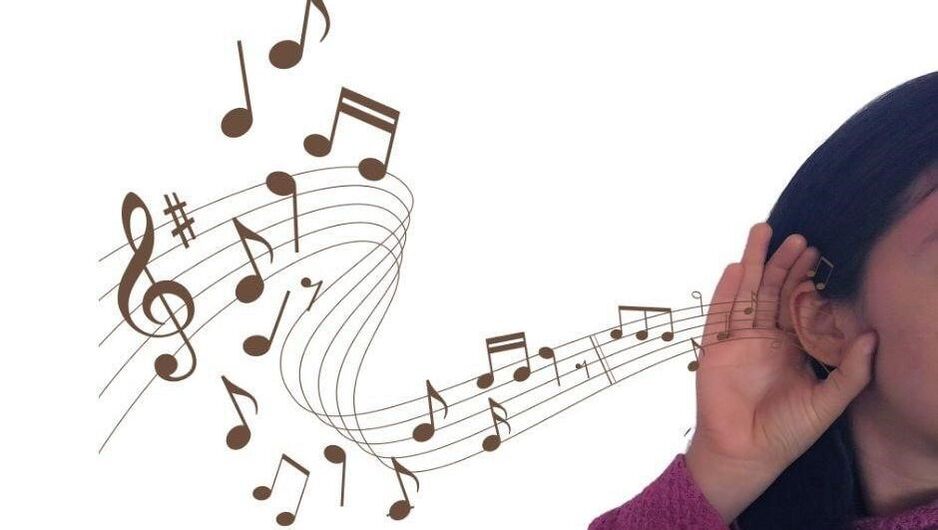|
Ear training, otherwise known as aural training or ear listening, is the process of honing and enhancing an individual's capacity to recognize, identify, and comprehend pitch, intervals, chords, rhythms, and melodies. This skill is crucial for developing musicianship, regardless of the instrument or musical genre. By developing these listening abilities, musicians can attain a more profound level of comprehension and connection with the music they create or perform. The Benefits of Ear Training
Let’s take a look at the benefits ear training can provide:
How to Develop Your Inner Ear It takes a great deal of patience to develop your inner ear. Here are some key points shared by Christopher Sutton and MasterClass about what ear training involves, such as pitch recognition,including interval identification, chord progressions, rhythmic dictation, harmonic dictation, and sight-reading. Learn how to develop this skill by following these steps::
You can effectively improve your ear skills by considering these aspects and incorporating them into your ear training practice. Keep practicing! If you want to learn more about ear training, schedule a free consultation with us today!
0 Comments
Leave a Reply. |
AuthorWrite something about yourself. No need to be fancy, just an overview. Archives
June 2024
Categories
All
|
Music & Language Learning Center |
Music Classes |
Language Classes |
MUSIC AND LANGUAGE LEARNING CENTER 2024



 RSS Feed
RSS Feed

